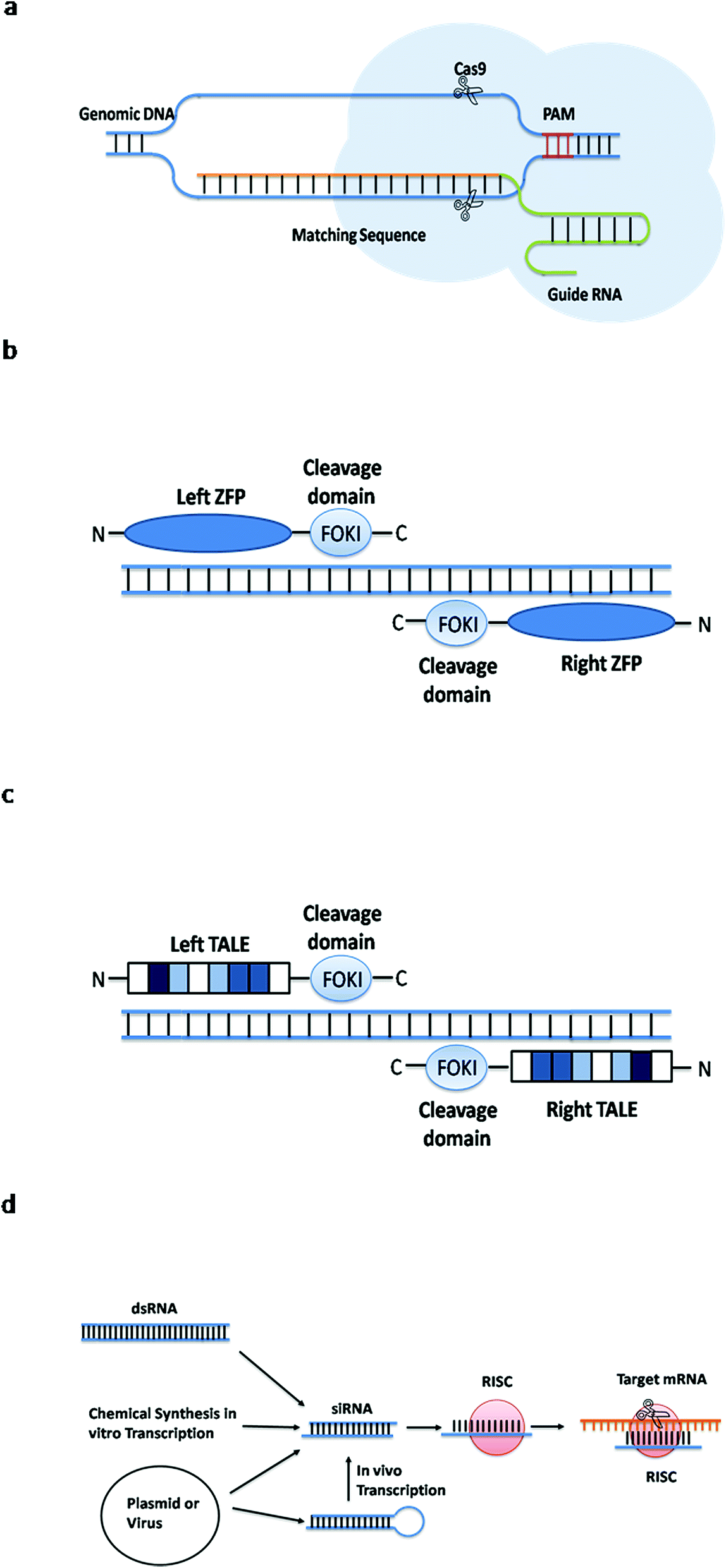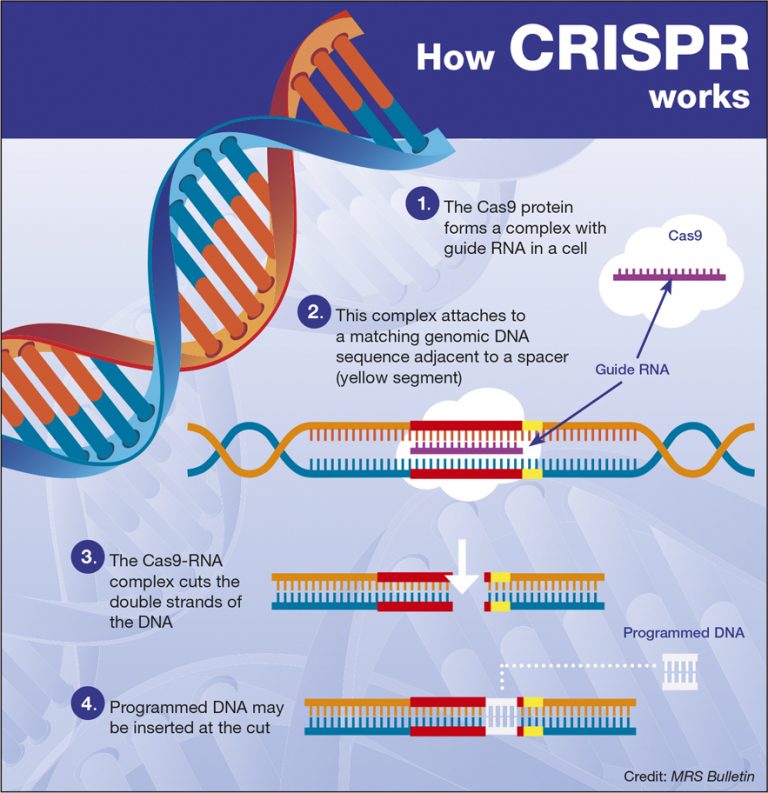
( F) Spacers and assigned protospacer types by species. For each species, the number of total genes is shown (below the species name), as well as the proportion of them that were annotated as belonging to plasmid sequences, phages, both plasmids and phages, and other genes not included in plasmids or phages. ( E) Proportion of gene types in the pangenome. ( D) Distribution of CRISPR-Cas systems among genomes. ( C) Average number of genes per genome and average number of shared genes (average of the number of genes shared for each genome with the remaining genomes). ( B) Number of genes in the pangenome and number of core genes. ( A) Total number of genomes analyzed and number of genomes having CRISPR-Cas systems.

cloacae, which could be explained by the low number of genomes used for this species ( n = 317). Last, the major difference between genes per genome and average number of shared genes is found in E. aeruginosa showing both the largest number of genes and average number of shared genes ( Fig. The difference between Gram-negative and Gram-positive bacteria is also evident when comparing the number of genes per genome, with P. aeruginosa, which also had the largest pangenomes (along with the other Gram-negative species) and more than 3500 core genes, i.e., genes common to all genomes of the species. The species with the largest number of genomes with CRISPR-Cas systems were K.

aureus despite having started from a larger number of genomes ( Fig. According to the number of genes, the smallest pangenome was found for S. The genomes of the different ESKAPE species were initially obtained, and they were both structurally and functionally annotated with a special emphasis on the protein-coding genes and the elements that are part of the CRISPR-Cas systems. RESULTS A large proportion of CRISPR dark matter spacers can be annotated by pangenome analysis In addition, our results demonstrate that the study of thousands of genomes of the same species allows us to reduce the CRISPR dark matter and to trace the origin of most of the spacers found in them. This has motivated us to investigate whether this relationship could be mediated by phages that could take advantage of the existence of these membrane proteins as receptors or adhesion sites to infect bacteria. Then, these genes have been functionally analyzed, and we found that they are enriched in genes encoding membrane proteins.

We have created a large pangenome for each species and compared strains with or without CRISPR-Cas systems to discover genes associated with the first group. ESKAPE bacteria have CRISPR-Cas systems of the most common types, from I to IV, but only in a minimal number of strains, with frequencies ranging from less than 1 to 60% of genomes, depending on the species ( 16). In this work, we analyzed thousands of genomes of the group of bacteria known as ESKAPE, whose acronym refers to two Gram-positive bacteria ( Enterococcus faecium and Staphylococcus aureus) and four Gram-negative bacteria ( Klebsiella pneumoniae, A. There are different types of CRISPR-Cas systems based on genes that are part of the different steps of this immune system (adaptation or spacer integration, expression, and interference) and are generically called cas (CRISPR-associated) genes. They provide acquired immune resistance against phages and other foreign nucleic acid molecules such as plasmids, thus restricting gene transfer ( 4). CRISPR-Cas is an adaptive immunity system found in most archaea and in less than half of the bacteria sequenced ( 3). Restriction-modification systems are by far the most abundant, being present in 83% of prokaryotic genomes, followed by CRISPR-Cas with about 40% ( 2). Bacteria defend themselves against infection by these phages by means of different molecular strategies. They can be used to control bacterial growth and are even beginning to be used to treat infections in humans ( 1). Bacteriophages, also known as phages, are viruses that predate bacterial cells, representing environmental burdens for their growth and spread.


 0 kommentar(er)
0 kommentar(er)
